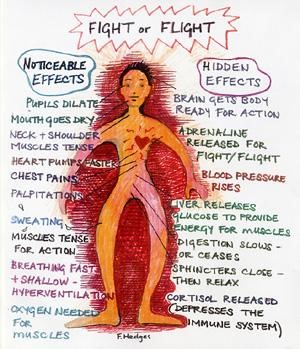Unlocking the Mysteries of the Mind Through Quantitative EEG Brain Mapping Techniques in Mental Wellness Evaluation
Unlocking the Mysteries of the Mind Through Quantitative EEG Brain Mapping Techniques in Mental Wellness Evaluation
Blog Article
Comprehending the human brain is a challenging task, especially when it comes to mental health. Traditional methods of assessment frequently rely on interviews and surveys, which can sometimes miss crucial aspects about how the mind operates. This is where quantitative electroencephalography, or qEEG, enters into play. qEEG is a specialized technique that assesses electrical activity in the brain. By examining these brainwaves, mental health professionals can obtain important understandings into a person's mental state, helping to enhance diagnosis and treatment.
qEEG works by applying small sensors on the scalp to capture neural activity. These electrodes measure neural impulses produced by nerve cells, the cells in the brain that interact with one another. The information collected is then processed and presented as a series of waveforms. Each type of neural wave—such as alpha, β, δ, and theta—corresponds to different mental conditions and activities. For example, α oscillations are often linked with calmness, while beta oscillations are associated to active cognition and issue resolution. By analyzing these patterns, clinicians can detect irregularities that may indicate psychological health issues.
One of the significant benefits of qEEG is its capability to offer objective information. In contrast to web link conventional assessments that rely on subjective accounts from clients, qEEG provides a distinct view of neural activity. This clarity can help reduce biases in diagnosis and result to more precise intervention strategies. For instance, if a patient is experiencing stress, qEEG can reveal particular patterns of brain activity that are associated with anxiety conditions. This data enables psychological health experts to tailor interventions more effectively, whether through counseling, pharmaceuticals, or other approaches.
Additionally, qEEG can be especially beneficial in tracking intervention progress. By conducting qEEG assessments at different points during therapy, clinicians can monitor variations in neural function over period. This ongoing assessment assists determine whether a treatment is effective or if adjustments are needed. For example, if a patient is not reacting to a particular treatment, qEEG may show that their neural function has not altered in a way that indicates improvement. This feedback cycle can lead to more personalized and effective mental health care.
In conclusion, qEEG brain mapping is a powerful tool in the field of psychological health evaluation. By offering unbiased information about neural function, it improves the comprehension of different psychological health conditions. This method not only assists in precise assessment but also helps in monitoring treatment effectiveness. As psychological health experts persist to investigate the capabilities of qEEG, it possesses potential for enhancing the lives of individuals facing mental health challenges. With ongoing research and progress in techniques, the mysteries of the brain may turn clearer, leading to better outcomes for those in need of support.